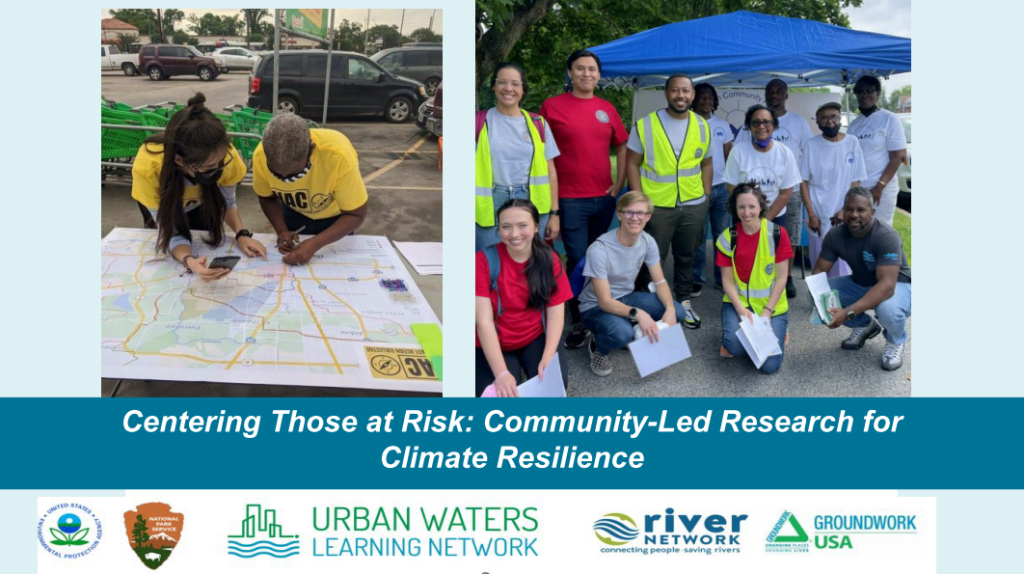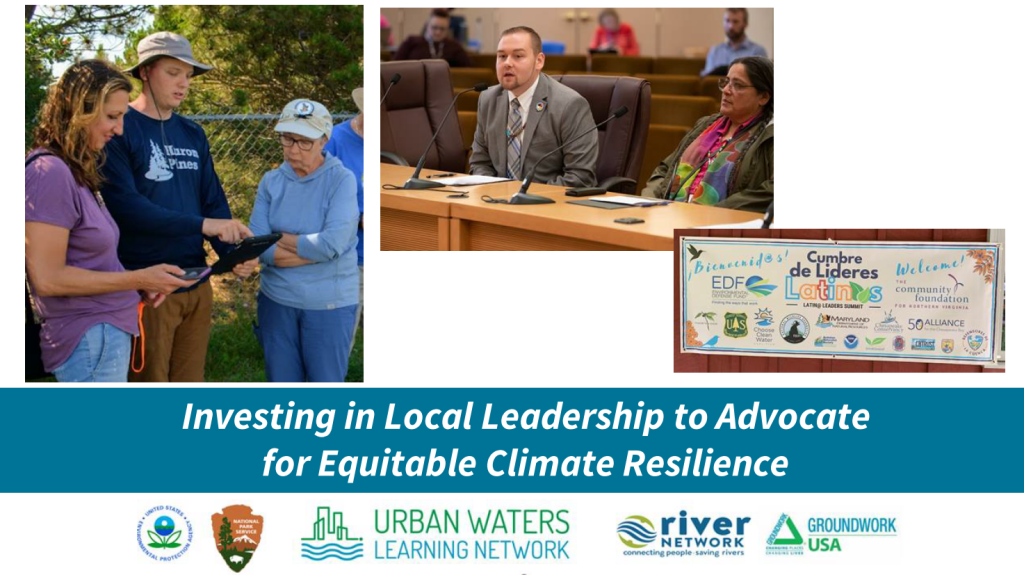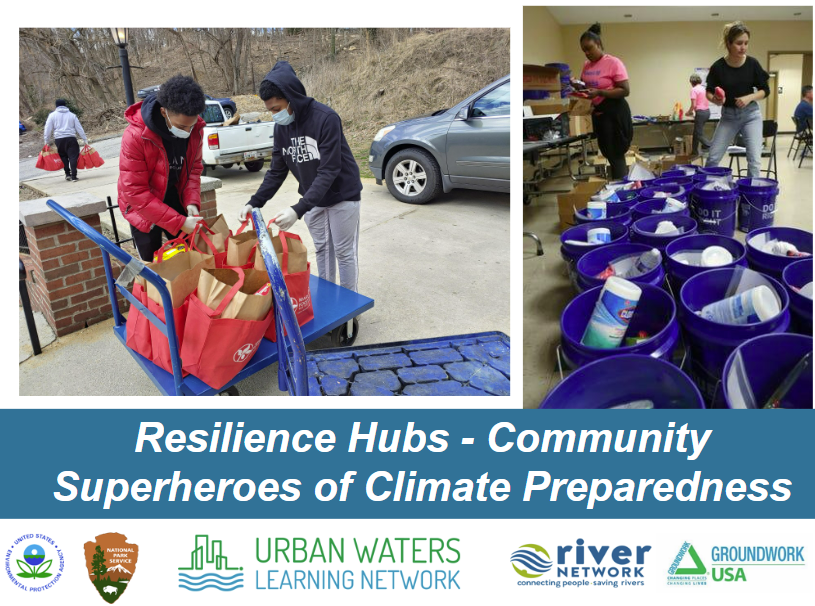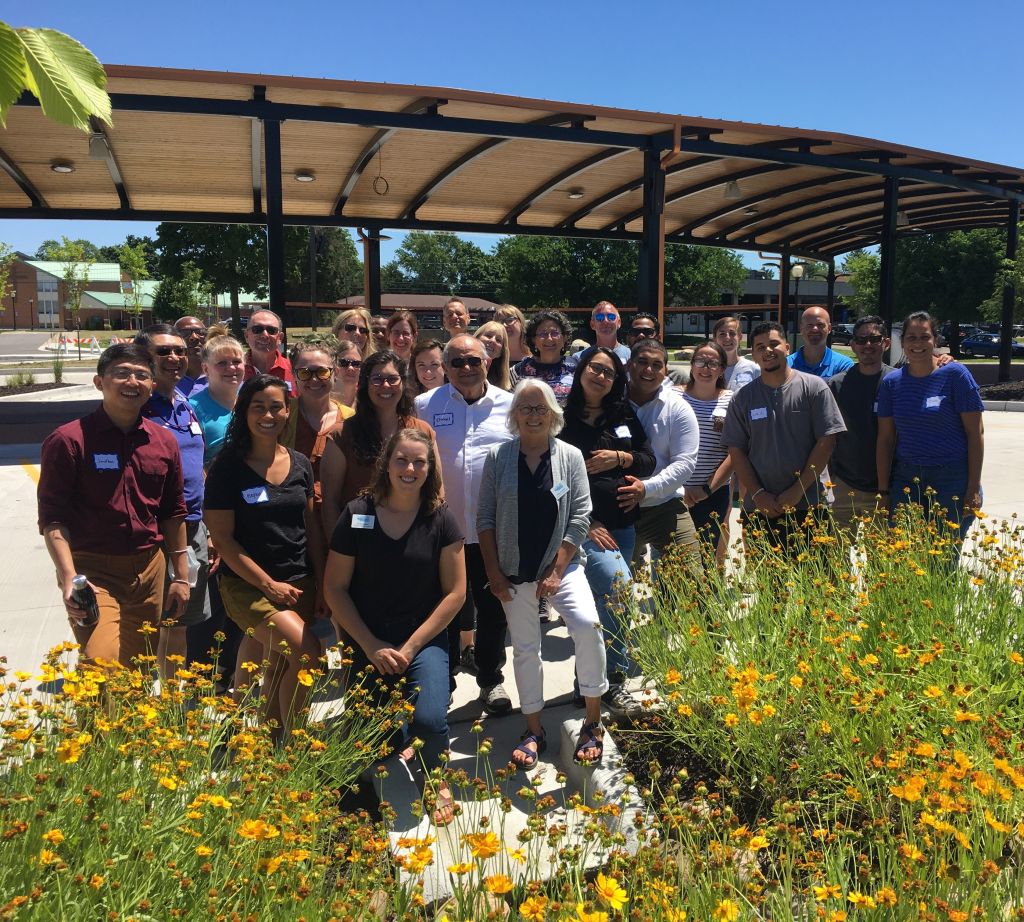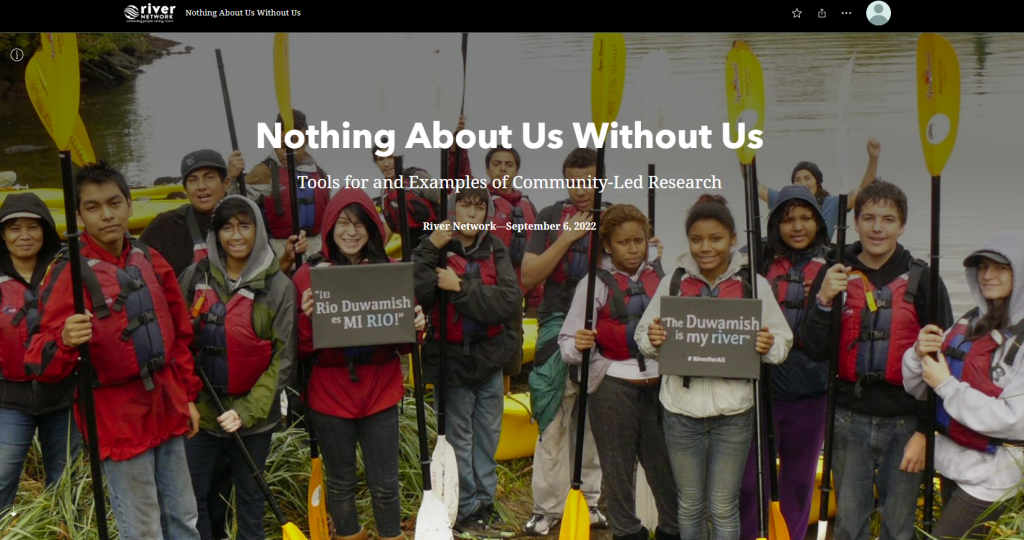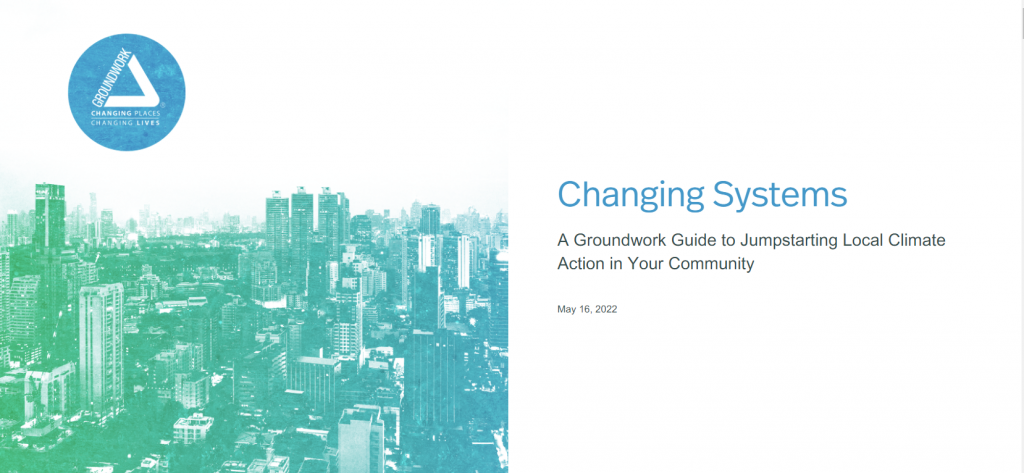civic & community engagement
November 20, 2023
. Recorded on November 15, 2023, we highlight River Network’s Community-Led Research tool and hear from local organizations that have deployed CLR as a tool for climate equity.
October 23, 2023
**This is the third webinar in a 6-part series hosted by the Urban Waters Learning Network that highlights a variety of strategies that community-based organizations can use to help their […]
September 25, 2023
Recorded on Sept 20, 2023. In this session, we hear from national and local leaders experienced in establishing local Resilience Hubs.
July 13, 2023
Grand Rapids Urban Waters Federal Partnership The focus of Grand River/Grand Rapids UWFP has been on the restoration of the rapids in the Grand River as it flows through downtown Grand Rapids. […]
March 29, 2023
Concerned about air quality in south-central Seattle’s Duwamish Valley, community leaders collaborated with USDA Forest Service Pacific Northwest (PNW) Research Station to implement a study similar to one in Portland, Oregon, in 2015 that found that urban tree moss indicated the presence of airborne toxic metals. Together, PNW Research Station scientists and community leaders designed a study that not only collected moss samples from this heavily polluted area but also engaged 55 community members, including 25 members of the Duwamish Valley Youth Corps, to do so.
February 13, 2023
River Network’s recent story map highlights Community Leadership Development based on the Fostering Leadership Development toolkit and equitable climate resilience work with five communities in the national network of water, […]
October 17, 2022
The President of the Wilderness Society – Jamie Williams – addresses the audience for the curriculum with the following introduction and explanation: “We are thrilled to share a curriculum on […]
September 9, 2022
Communities across the US are more and more frequently impacted by climate change and increasingly face problems like property damage and health and safety issues as a result of flooding […]
August 25, 2022
“The consequences of the climate crisis are here, and residents across the country are taking steps to protect their communities from the advancing threats of extreme heat, flooding, and other […]
May 11, 2022
Understanding Gentrification and Preventing Displacement New development projects in urban waters communities—like river restoration and the creation of greenspaces—are intended to create more sustainable and resilient communities; but the impacts […]

